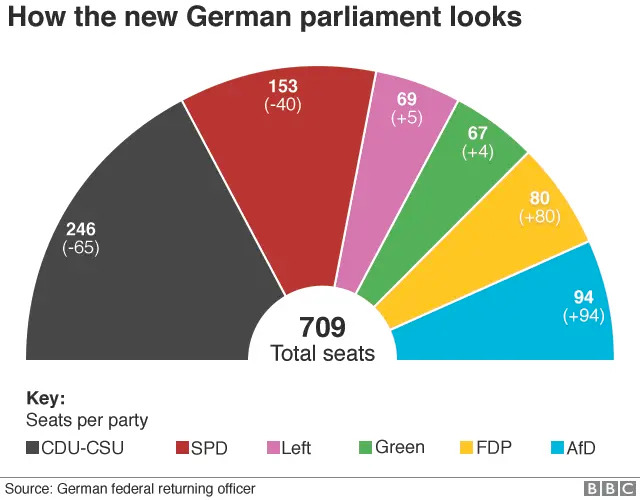THOUGH there’s abundant exploration of lithium projects and a lot of announced discoveries – Namibia’s lithium is still considered low grade and may fetch lower global prices per tonne.
This was said by analysts at Simonis Storm, who added that there is a risk discoveries made could be overstated.
Local grades of lithium are reportedly closer to 1%, which is less than the global standard grade of 6%.
In their report published this week, Simonis Storm analysts said lithium deposits are not a new discovery for local mining companies in Namibia. Local operators knew about lithium deposits present in their mines, but it was never mined due to a lack of demand in earlier years – until now.
With the advent of electric vehicles (EVs) and battery manufacturing, international mining companies now scramble for lithium among other base and precious metals, and this has renewed interest in lithium in Namibia.
The global lithium market is huge, and estimates are that it was valued at US$6,8 billion in 2021 and is projected to grow at a compound annual growth rate of 12% from 2022 to 2030.
Simonis analysts said prior to 2023, global supply of lithium satisfied demand for the production of EVs, consumer goods (e.g. toys, wireless headphones, small and large appliances, mobile phones, handheld power tools, etc.) and batteries.
But this might be short-lived as fears are rising that lithium might not be the preferred mineral for battery, renewable energy equipment and electronic consumer goods production in the long run, said Simonis analysts.
“Lithium’s outlook is not set in stone to continue growing exponentially in the long run, as alternatives have been discovered and so threaten lithium’s outlook. Take graphene batteries as one example. They have proven to improve the performance of traditional batteries (i.e. lithium-ion batteries) by increasing the battery’s conductivity and allowing for faster charging,” said the analysts.
HISTORY
According to Simonis’ report, Namibian lithium mining data dates back as early as 1939 and lasted until 1998.
Lithium production never exceeded 12 000 tonnes per annum (peak reached in 1971) and these mining activities in Namibia ceased due to product quality issues and low global demand, according to a report by Deutsche Gesellschaft für Internationale Zusammenarbeit GmbH (GIZ).
Between 1939 and 1950, lepidolite was the main lithium mineral mined in Namibia, until petalite production commenced in 1947 and dominated overall lithium production until 1998.
Except for 500 tonnes of lithium exported in 2018, Namibia has no production or export data on lithium since independence.
Pegmatite (i.e. plutonic rocks containing lithium) occurrences are present in the Damara Orogen in north-central Namibia and the Namaqua Metamorphic Complex in southern Namibia.
In the Damara Orogen, there are four linear pegmatite belts that carry significant amounts of various rare metals or semi-precious stones, said GIZ.
With global prices having improved, two lithium mines that were operational prior to independence are now taken over by new investors looking at restarting these operations.
If current explorations realise in actual production operations, Namibia will essentially be adding a whole new commodity market to its mining industry by restarting lithium mining since.
Two of the biggest and most advanced lithium operations in Namibia include Lepidico and Andrada operations.
Simonis analysts said although both companies have announced significant discoveries, lithium mining production is only expected to be in full swing from 2025.
This excludes the controversial Xinfeng Mining Company, from which no accurate data is being obtained.
Lithium currently fetches an average of US$26 000 per tonne.
BENEFITS
Simonis Storm said if they run estimates, the local uranium sector could at reasonable potential add N$13,9 billion in terms of the sector’s value, N$4,6 billion in revenue to government (taxes and royalties combined) in the extreme case and N$1,7 billion in the conservative case.
The report is available on Simonis Storm’s website.
Email: lazarus@namibian.com.na
Twitter: @Lasarus_A
Stay informed with The Namibian – your source for credible journalism. Get in-depth reporting and opinions for
only N$85 a month. Invest in journalism, invest in democracy –
Subscribe Now!










